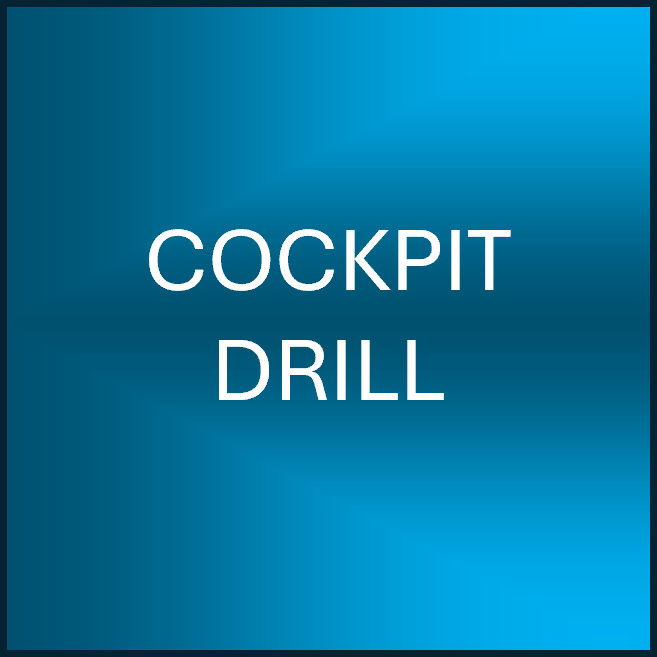
The Cockpit Drill

The Cockpit Drill
By law, everyone in a car has to wear a seatbelt unless they carry a medical exemption certificate. While putting on the seatbelt also ensure you adjust the headrest to avoid whiplash injuries.
https://www.gov.uk/seat-belts-law
By law, the driver is responsible for any passenger under the age of 14 who is not wearing a seatbelt.
All pupils should have been taught that the Cockpit drill is the first thing they should do when entering a vehicle.
If they can't reach the controls properly they put themselves and others at risk.
If they can't see in their blind spots because they haven't set their mirrors up correctly, they put themselves and others at risk.
So it's no surprise that an examiner will fault them for needing to change them part way through the test.
In addition, instructors should be ensuring that if a pupil has the need to move their mirrors or remove their seatbelt to carry out any reverse manoeuvre, they MUST be put back to their normal driving position and seatbelt put back on before continuing with their journey. Failure to do so will more than likely result in a test fail being recorded. And definitely if the seatbelt is not put back on.
Obviously and examiner cannot see the precise level of visibility that the pupil can see when they move their mirror for a manoeuvre, but they will be able to gauge how much it has been moved by, and if they deem it quite a considerable amount then it's highly likely that if they swapped seats, the mirror will more than likely be pointing toward the floor which in turn will not allow the pupil to see cyclists or other vehicle coming alongside them for the remainder of the test journey.